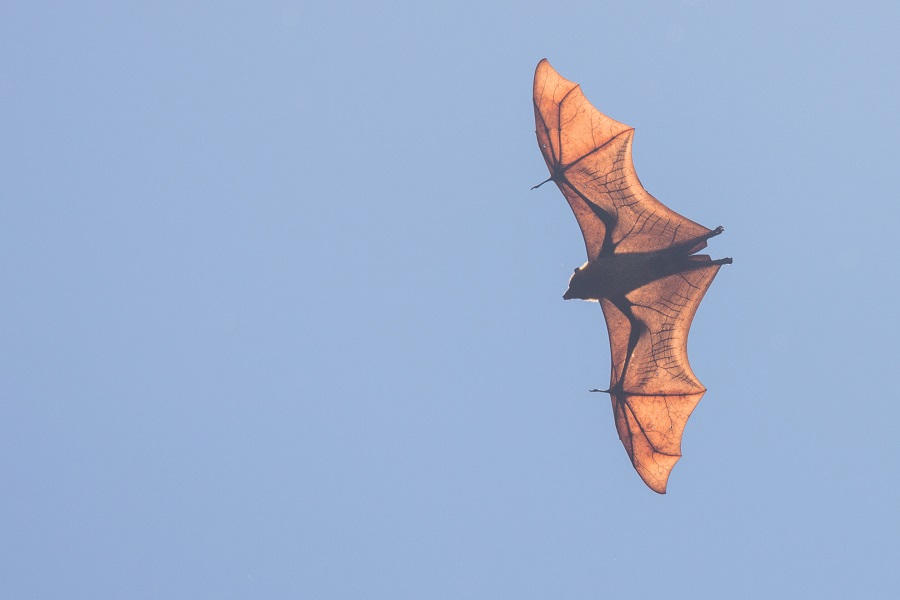11 Dec 2024

Tired Earth
By The Editorial Board

A small team of biologists and evolutionists from the University of Chicago, York University, the University of California, Berkeley, and the University of Exeter reports why bats carry viruses that cause higher fatality rates when jumping to humans than those that come from any other mammal. In their study, reported on the open-access site PLOS Biology, the group used data from past research efforts to model the growth of viruses within bat populations as well as their spread to other animals.
Prior research has shown that when a virus jumps from bats to humans, the results can be deadlier for humans than when viruses jump from other mammals. The reason has been a matter of debate. In this new effort, the team used data from prior research efforts, along with mathematics and modeling, to show that it is due to an innate tolerance for inflammation in bats, which, the researchers suggest, arose with their ability to fly.
To come to this conclusion, the research team first obtained data from other studies about the impact of several viruses on the immune systems of bats that had also jumped to humans. They then used that data in a mathematical model to show how a virus optimizes its chances of survival (by spreading from host to host before a host dies) by balancing transmission gains with degree of virulence.
They found that a key feature of bat physiology—its ability to fly—was related to its tolerance for inflammation. This was pertinent because it made the bat more tolerant of viruses when infected. That allowed for a high growth rate of viruses in bats. And that, the researchers point out, is why the same virus would be more deadly in humans—we have a lower tolerance for inflammation. A lower tolerance, they note, leads to more grave symptoms, such as lungs that are no longer able to process enough air.
The research team extended their study to include 19 other mammals as a way to predict viral growth and the likely impact of a jump to humans in a general sense. They found reason to believe that there is a low probability of a lethal virus that spreads easily from bats or other mammals to humans.
Source : phys.org
Comment